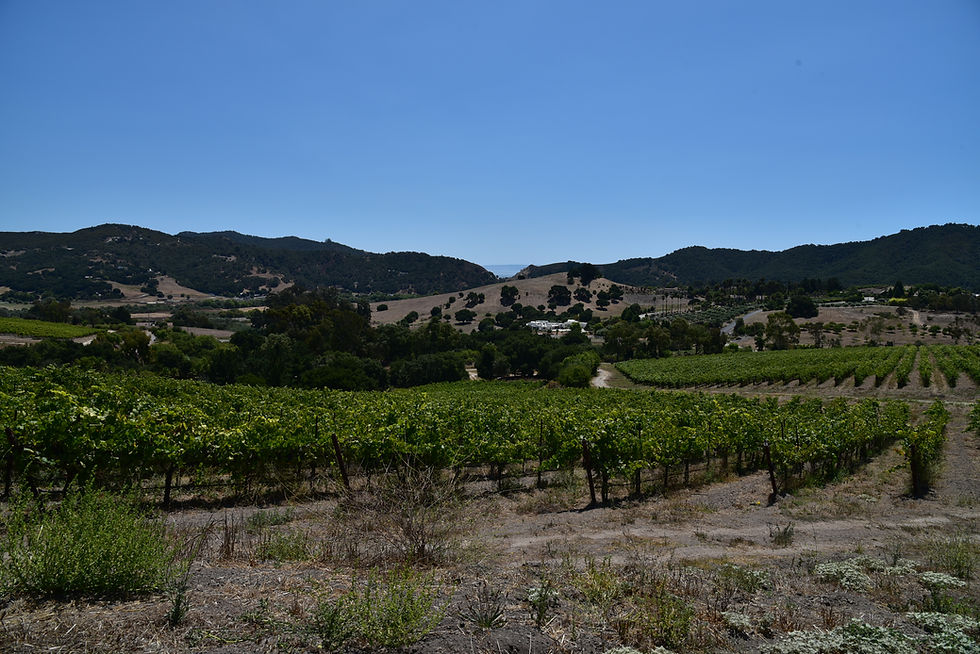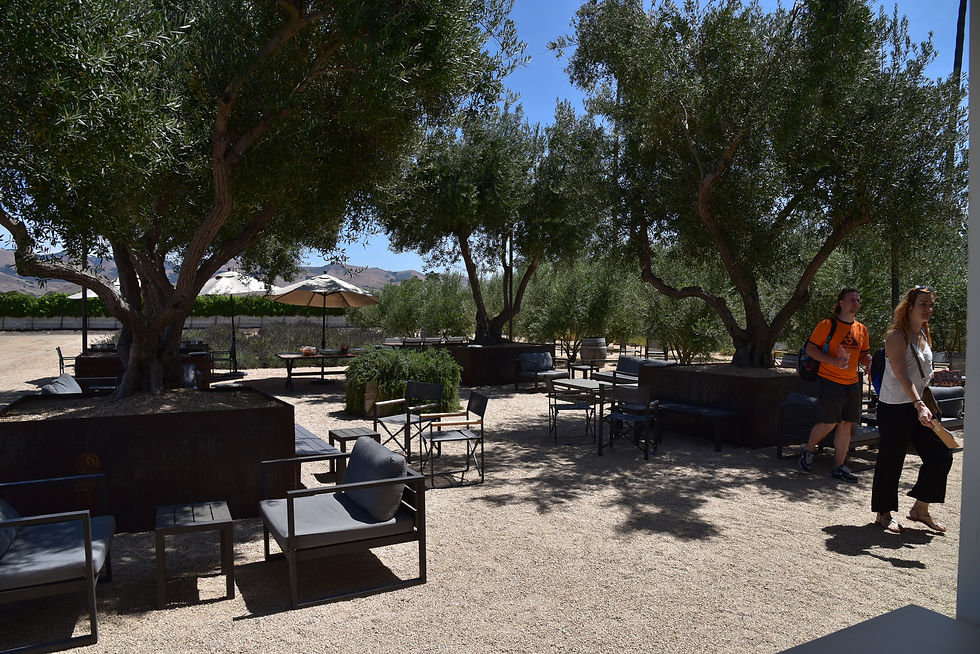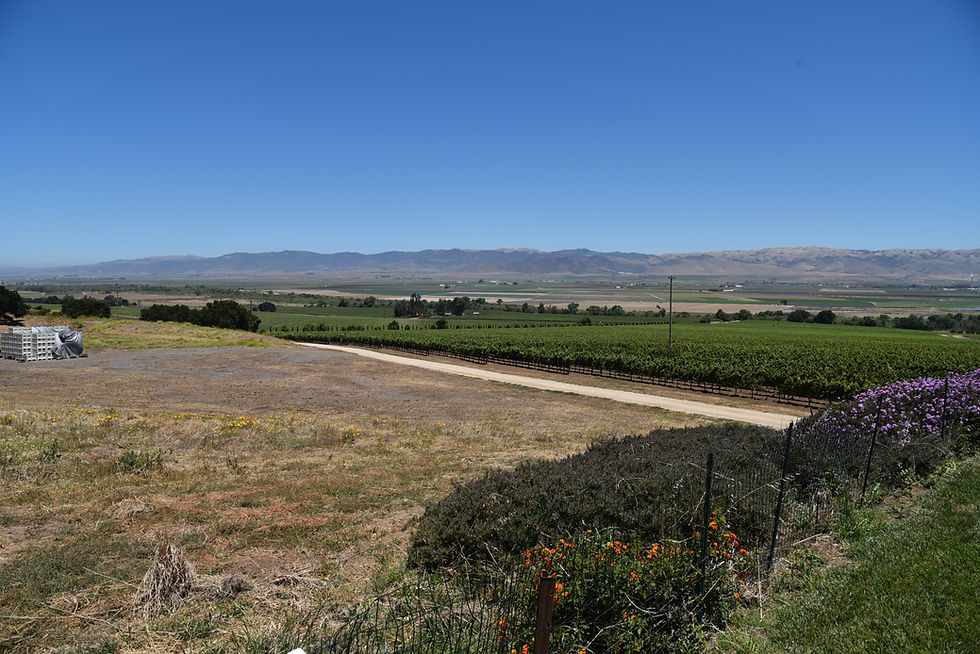The World Atlas of Wine, 8th edition. Hugh Johnson and Jancis Robinson.
- andychalk
- Oct 30, 2019
- 5 min read
Michael Beazley/Octopus Publishing, October 1st 2019. ($65 hardcover/$45 iPad)
An Idea Whose Time Has Passed

by Andrew Chalk
When Hugh Johnson’s World Atlas of Wine (WAOW) first appeared in 1971 it received universal acclaim for explaining the wine world with the use of maps. Not just freehand outlines but maps with the information density of UK Ordnance Survey maps overlaid with wine-specific information. I learned a lot from the book and carted it with me on wine trips to two continents, just to use the maps.
Wind forward to the present and October 1st sees the publication of the eighth edition of a book that has sold hundreds of thousands of copies through seven editions in the interim. Now credit goes jointly to Johnson and Jancis Robinson as Johnson winds down to retirement and Robinson takes over. The latest edition adds new information and is fatter than any previous one.
The trouble is that, reading this latest edition draws attention not to anyone’s magnum
opus but to the concept’s inadequacies in the modern era. The quickest way to see these is to read Jancis Robinson’s introduction in which she reflects on her 44 years writing about wine. She mentions such recognizable phenomena as Parkerization, organics, biodynamic farming, ‘natural’ wine, climate change, and the enduring importance of terroir. But not once in two densely packed pages does the word ‘Internet’ appear, although it has been the seminal technology in our lives.
Just as the Internet has offered an alternative in other industries such as shopping malls, package tour companies, and paper newspapers, so it could change a WAOW. Just as ordering shopping online offered users things that concrete malls did not, so an online WAOW can offer things to wine lovers that a dead tree publication cannot.
Let’s consider a few.
Corrections
Suppose an error sneaks through the editorial process. To use an example from the eighth edition, the section on my adopted state of Texas claims that there are about 400 wineries in the state. This is a common but sophomoric error made repeatedly by bloggers who don’t check their facts. The 400 number comes from an uncritical reporting of a state list of ‘G’ permit holders. If the reporter actually read that list he would find dozens of occurrences of ‘Amazon’ and ‘Wine.com’. You can’t find Amazon’s winery or visit wine.com’s tasting room, they don’t make a single bottle of wine in the state. They are on that list because acquisition of a ‘G’ permit is a legal artifice to allow them to ship directly to Texas consumers from California, bypassing the invidious 3-tier system. The actual number of wine producers in Texas is closer to 125, of whom around 50 are aspirational in the sense that they are trying to make the best wine they can. An online WAOW would allow the rapid correction of these embarrassing errors.

Crowdsource Content
The above error would also be fixed by allowing any authenticated individual to contribute. The dead tree system requires an editor to pick someone whom they believe knows about a subject. They cannot validate that competence except after any errors are in print. Online, anybody could propose edits to fix errors and improve content in real time. If you think this would lead to lower editorial standards check out Wikipedia, the online encyclopedia that uses this method and has put dead tree encyclopedias out of business.
Crowdsourcing would also give Jancis her life back. She notes in her introduction that the eighth edition took two whole years of her life to assemble. All that to prepare something that is out-of-date on release and uncorrectable until the next edition.It sounds analogous to pushing a rock up a hill. An online WAOW would run at a more even daily pace under a dynamically adjustable team of editors always updating, always vectoring towards perfect accuracy.
Topicality
Wine is an evolving body of knowledge, not a static artifice. For example, until the last decade it was uncritically accepted that organic viticulture was good. Then it was found that large and increasing doses of copper sulphate on the vines were harmful. That changed the equation where copper sulphate was the only effective treatment against downy mildew (e.g. Bordeaux). Online, this path of discovery can be followed in real-time. A dead tree WAOW is ossified out of the debate until the next edition. Even such ‘mundane’ issues as prices could be updated in real time and graphs showing things like how many Big Macs it cost to buy a bottle of Ch. Lafite extended with newer data.
Multimedia
A dead tree encyclopedia is confined to using words and pictures. An online encyclopedia can use these, but also video, audio, even real-time adjustable multimedia through webinars and podcasts. The pedagogic advantages of multimedia are huge. For example, try to teach a new sommelier candidate the meaning of dégorgement through a written description, versus showing them a video.

What Language Do You Want?
Doubtless the publisher of the WAOW could tell us horror stories of producing a Mandarin version of the WAOW for the world’s largest wine market. The online WAOW would involve a fraction of the effort and also be available in a lot more languages because web technology is inherently multi-lingual.
Hugh Johnson’s Famous Maps
If Hugh Johnson had had Google maps available when he created his original wine encyclopedia his task would have been ten times easier. He had to manually overlay wine information on physical maps. Google map overlays (for example, the traffic overlay that colors roads depending on traffic conditions) are a built-in programming interface that can be quickly constructed and implemented. They can also be integrated with GPS to show the user’s position when travelling through a wine region.
Portability
I did carry past editions of the WAOW through airports in the face of (increasingly tighter) baggage limits. An online version on my phone or tablet would weigh nothing.
The 9th Edition
The eighth edition should mark the high point of dead tree wine encyclopedia journalism, like the fastest steam locomotive in an era when diesel and electric traction has taken over. The next edition of the WAOW should be an online subscription service and work should start now. Hugh Johnson is a magnetic speaker and wasted sandwiched inside the the fibres of a paper page. He could speak his Forward in a video and audio recording. Jancis, likewise, could present her introduction in a video like a television documentary with background images of the subjects she highlighted. The WAOW would make sales of previous editions pale into insignificance as it became the indispensable, global, wine guide.
In the interim, buy the eighth edition, it is still a great book.






Comments